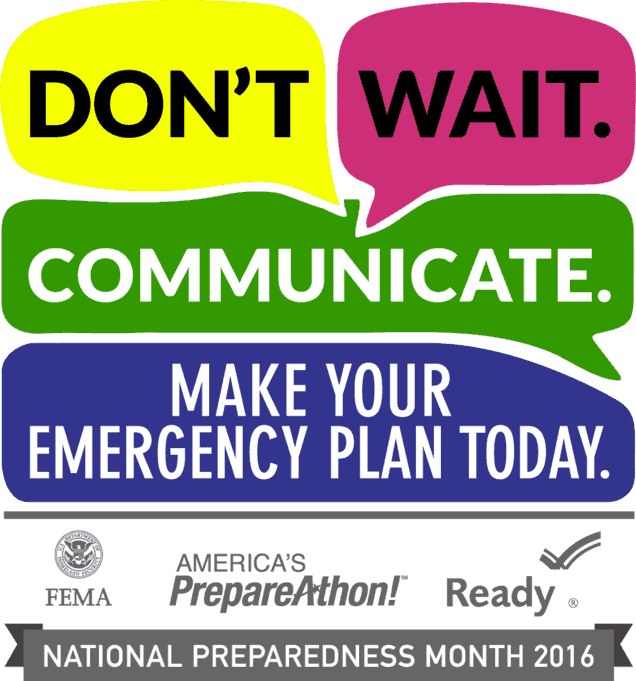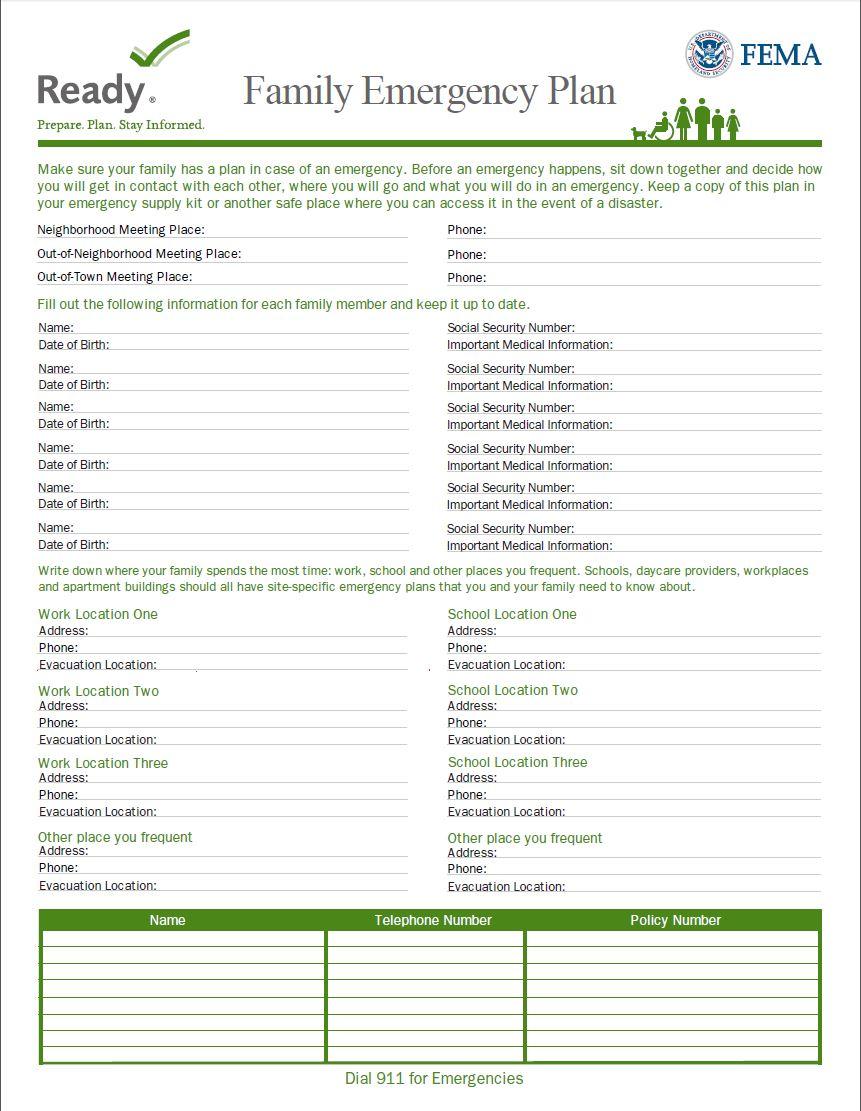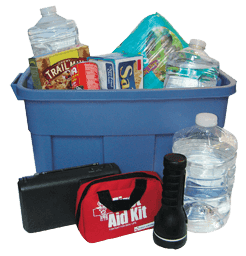 |
Launched in 2004, National Preparedness Month (NPM) is FEMA’s national annual preparedness outreach. NPM is managed and sponsored by FEMA’s Ready Campaign. The Ready Campaign, in conjunction with the Ad Council, aims to educate and empower Americans during NPM and throughout the year to prepare for and respond to all types of emergencies, including natural disasters and potential terrorist attacks. National Preparedness Month culminates on September 30th with National Preparedness Day, the national day of action.
|
 |
|
The National Weather Service is proud to be participating in NPM. By doing so, we want to make sure YOU are prepared in case of a disaster (natural or man-made). If you haven't taken the time to think about how different disasters could effect you, then we challenge you to take the necessary steps to become informed and develop a family plan for such events. These simple steps could SAVE YOUR LIFE!
|
| Step 1: Learn Your Risks & Responses - Be Informed! |
|
- Emergency Alerts: You can receive important lifesaving alerts no matter where you are - home, school, or work.
- Social Medial: Some weather & safety information can also be relayed through social media. However, please remember that this is NOT an official means of receiving important lifesaving information.
- Natural Disasters: Know which natural disasters can occur in your area and how to prepare and stay safe.
- Other Hazards: Remember to plan for things such as pandemics, terrorist attacks, etc.
- Shelter & Evacuation: Make sure you know where the nearest shelters are, as well as the appropriate evacuation routes/plans for specific situations.
|
|
It is important to make a family emergency plan that can be put into action as soon as disaster strikes. Make sure to include plans for children, seniors, disabled, and don't forget pets!
|
 |
| Step 3: Build a Supply Kit! |
 |
A supply kit is a must when planning for potential disasters. You need to make sure you and your family have the necessary food and supplies to sustain you until the power returns or help arrives. It is also important to keep the kit maintained by keeping food/water fresh and supplies working properly. It is typically best to store the kit, along with any pet supplies, in a closet or the basement.
|
|
Find opportunities to support community preparedness. There are many ways to get involved before disaster strikes. So, ask yourself, "How can I help?"
|
| Other Resources & Contacts: |
|